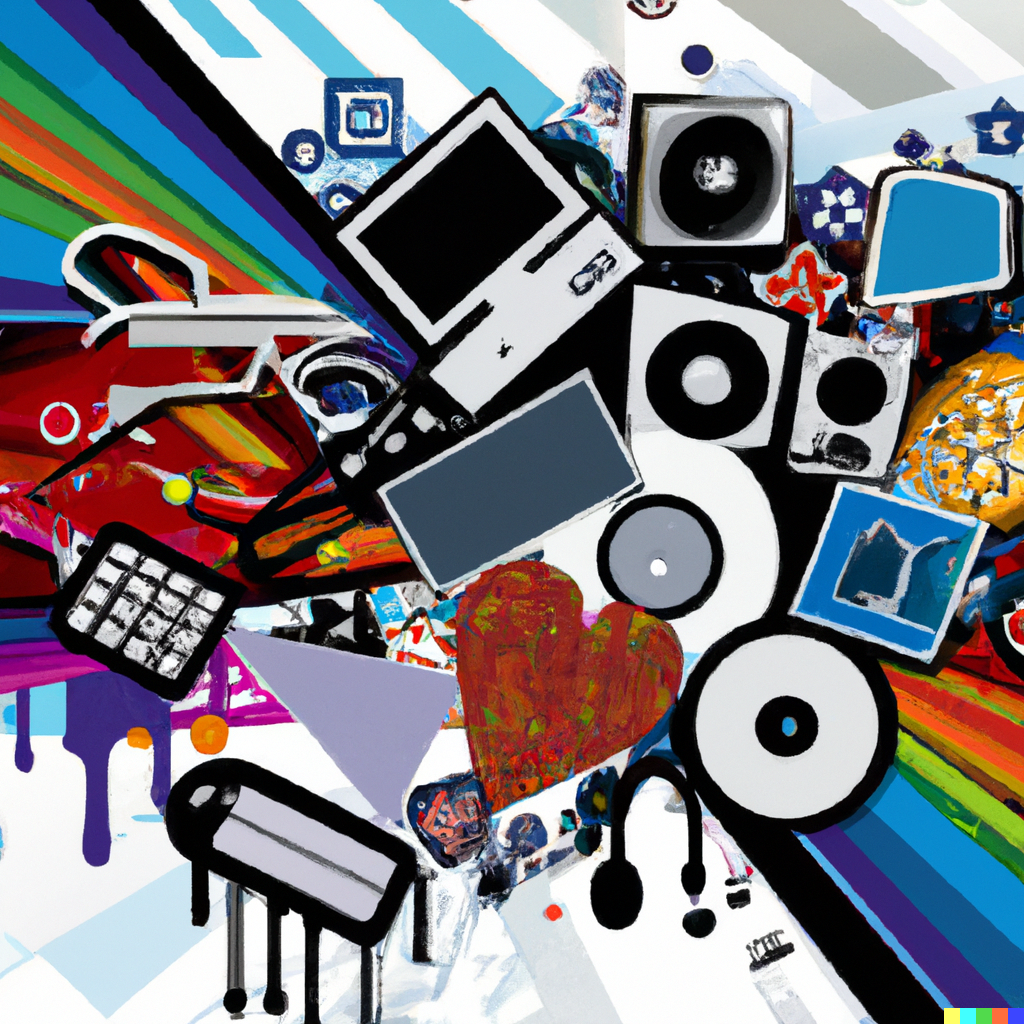In the age of rapid technological advancement, art has found itself embracing new tools, mediums, and possibilities like never before. This fusion of art and technology, often referred to as ArtTech, has sparked a revolution in the creative world, blurring the lines between the traditional and the contemporary. From digital installations to interactive experiences, ArtTech is reshaping how we perceive, create, and interact with art. In this article, we delve deep into the realm of ArtTech, exploring its evolution, its impact on the art world, and the exciting possibilities it holds for the future.
Evolution of ArtTech: The roots of ArtTech can be traced back to the early experiments with technology in art, such as the use of photography and film in the late 19th and early 20th centuries. However, it wasn't until the digital revolution of the late 20th century that ArtTech truly began to flourish. With the advent of computers, software, and the internet, artists gained access to a whole new toolkit for creative expression.
One of the pioneering movements in ArtTech was digital art, which emerged in the 1960s with the development of computer graphics and early digital imaging techniques. Artists like Frieder Nake and Vera Molnár were among the first to explore the artistic potential of computers, creating algorithmic art and computer-generated images.
The rise of the internet in the 1990s further propelled the evolution of ArtTech, giving birth to new forms of digital art, such as net art and interactive installations. Artists like Nam June Paik and Rafael Lozano-Hemmer pushed the boundaries of traditional art forms by integrating technology into their works, inviting viewers to actively engage with the artwork.
In recent years, advancements in virtual reality (VR), augmented reality (AR), and artificial intelligence (AI) have opened up even more possibilities for ArtTech, allowing artists to create immersive experiences and interactive artworks that defy conventional boundaries.
Impact of ArtTech on the Art World: ArtTech has had a profound impact on the art world, transforming not only the way art is created but also how it is experienced, exhibited, and preserved. Museums and galleries have embraced technology as a means of enhancing the visitor experience, incorporating digital displays, interactive installations, and virtual tours into their exhibitions.
ArtTech has also democratized the art world, making it more accessible and inclusive. The internet and social media platforms have provided artists with a global stage to showcase their work and connect with audiences around the world. Crowdfunding platforms like Kickstarter and Patreon have enabled artists to fund their projects directly through the support of their fans, bypassing traditional gatekeepers.
Furthermore, ArtTech has sparked interdisciplinary collaborations between artists, scientists, engineers, and technologists, leading to groundbreaking innovations at the intersection of art and science. These collaborations have resulted in projects ranging from bioart, which explores the intersection of art and biology, to data visualization, which translates complex data sets into visual artworks.
Future of ArtTech: As technology continues to evolve at a rapid pace, the future of ArtTech holds endless possibilities. Emerging technologies such as blockchain, generative adversarial networks (GANs), and machine learning are poised to revolutionize the art world, offering new ways of creating, distributing, and experiencing art.
Blockchain technology, for example, has the potential to revolutionize the art market by providing a secure and transparent platform for buying, selling, and authenticating artworks. Smart contracts powered by blockchain can ensure that artists receive fair compensation for their work and that collectors can verify the authenticity and provenance of artworks.
Meanwhile, machine learning algorithms are being used to create AI-generated art, blurring the lines between human creativity and artificial intelligence. Artists are experimenting with neural networks to generate novel and unexpected artworks, challenging traditional notions of authorship and originality.
Conclusion: ArtTech represents a convergence of art and technology that is reshaping the creative landscape in profound ways. From digital art to immersive experiences, ArtTech offers a glimpse into the future of artistic expression, where the boundaries between the physical and the digital are increasingly blurred. As technology continues to evolve, so too will the possibilities for ArtTech, leading to new forms of creativity, collaboration, and innovation. In this ever-changing landscape, one thing is certain: the future of art is boundless.
